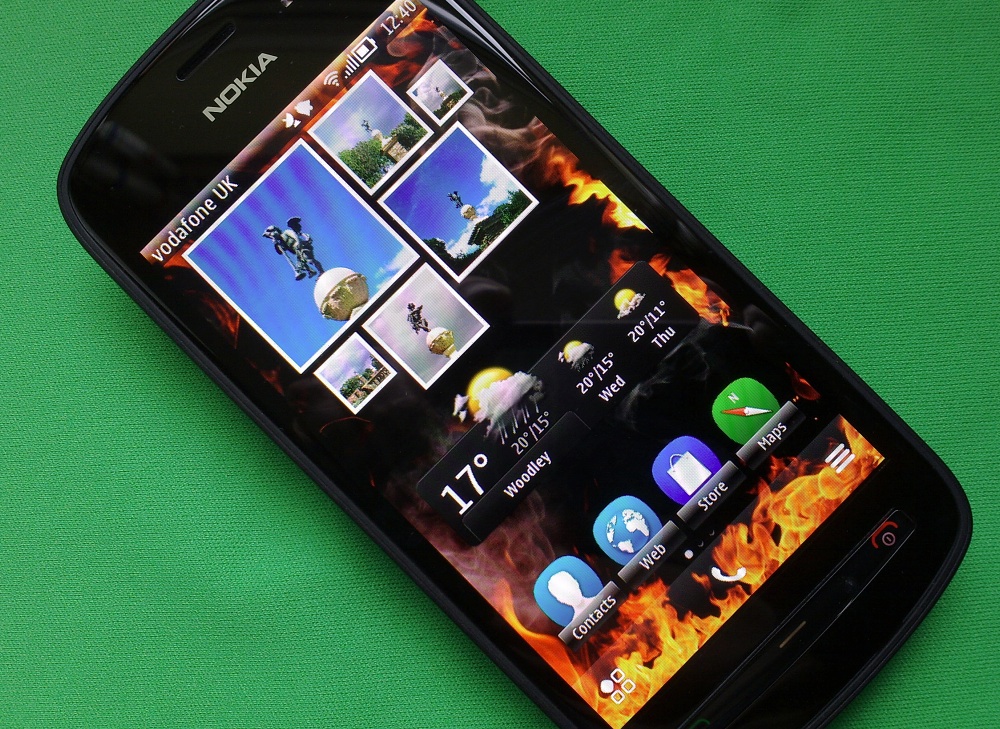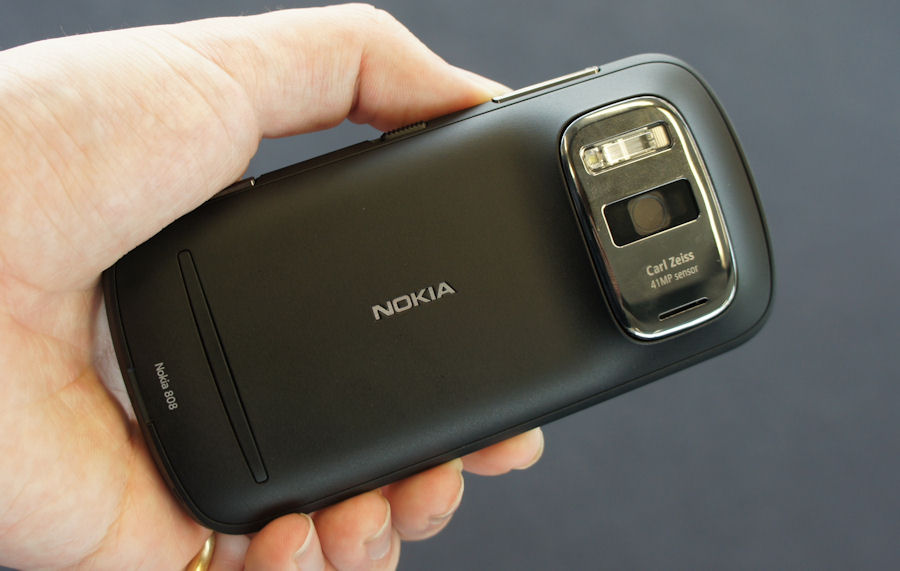We've been over this ground (i.e. compromise) many times in the podcasts and in reviews over the last decade, of course. The idea is that in choosing device X over device Y, you get a certain amount of features and strengths that Y didn't have, while acknowledging that you'd have to do without some of Y's strengths.
For example, go back a couple of years to the launch of the Nokia N8. Massive strengths in the huge camera and Xenon flash. Downsides included the sealed battery, no LED torch light, and no call/hangup buttons. Meanwhile the C7 had the last three - but a weedy EDoF camera and no Xenon.
The same kind of compromises have been happening throughout Symbian's history. One device would have more RAM, better battery life and bigger screen but an unexpandable memory (N95 8GB), or perhaps a great physical qwerty keyboard and camera but horribly low RAM (E72), or a great camera, but stupidly low RAM and under-developed firmware (N93).
Compromises galore, every single time. And some apologists have brought out the party line throughout - each phone represents a compromise - you simply can't put all the features, all the best components in the one device. It's simply not possible.

The 808 running the Burning Platform theme, appropriately!
Turns out the apologists were wrong. The Nokia 808, if you think about it, has everything*. Of the various compromised components from the previous decade: Great camera. Xenon Flash. LED video light and torch. Replaceable, high capacity battery. Great speaker. Loads of RAM. Fast processor. Very fast GPU. Large system disk. Large built-in mass memory. Expandable via microSD. FM transmitter. Physical call/end keys. Clear Black Display. AMOLED display with always on clock. NFC. All on board.
* except a physical qwerty keyboard, obviously, but that's more a form factor thing!
In fact, it's somewhat ironic that this 'perfect', 'complete', 'no compromise' Symbian phone only appeared after Stephen Elop's famous memo that Symbian was 'burning' and that Windows Phone was the way forward. Up until this point, we'd had a decade of choices to make and compromises to accept.
However, thanks to the long gestating PureView oversampling camera technology, which could only be implemented on Symbian, we got one last bite at the cherry in the Symbian world - and what a bite it has turned out to be. I joked at the time that Nokia had taken my personal 'shopping list' for the perfect Symbian device and - simply - made it. For me.
In fact, with zero compromises across the board, the 808 has turned out to be almost everyone's 'best Symbian phone ever'. And I suspect it has sold surprisingly well, despite Nokia putting almost no marketing behind it and not putting it in High Street shops for more than a few weeks.
Within the wider smartphone world, the Nokia 808 is seen as 'that odd humped Symbian device with the insane camera'. Within the Symbian world, I'd argue that you could almost forget the camera, since the 808 still wins out against any other device purely on not compromising. The Nokia 701 perhaps gets closest, but even that doesn't have the always on AMOLED clock. Plus of course the cameras can't be compared, you can't discount that factor at the end of the day.
Other Internet blogs love running articles along the lines of 'How would you improve device X?' Leaving aside the screen resolution and lack of wireless charging (which are done deals at this stage in Symbian's life), I'd argue that there really isn't any extra feature that the Nokia 808 needs.
Therefore, raise your glass to the 'PureView' bit in the 808's name. Not because of the fabulously pure photos, but because the technology's very existence was what pushed the 808 past corporate political issues and preferences into the eager hands of the likes of you and I.

No hay comentarios:
Publicar un comentario